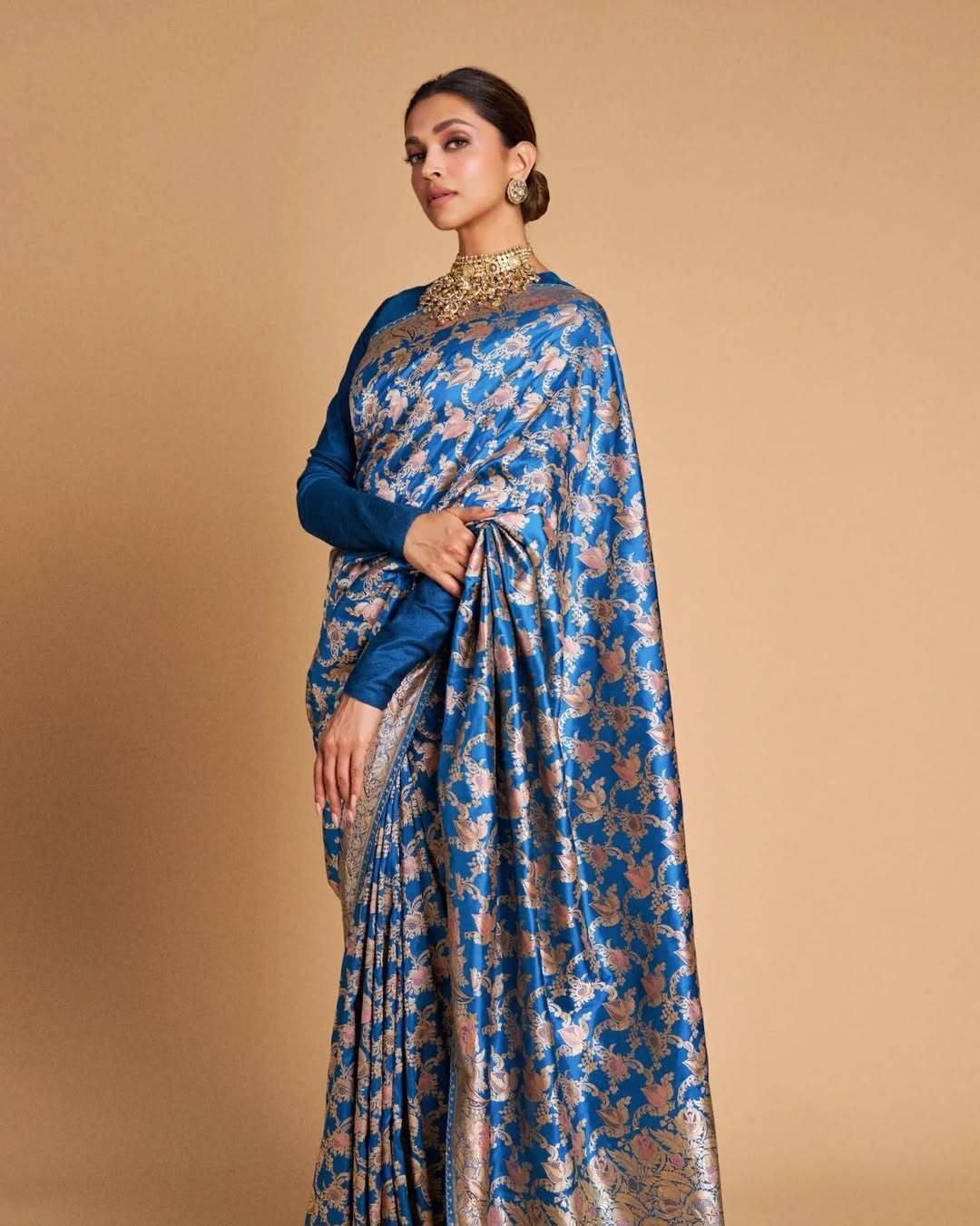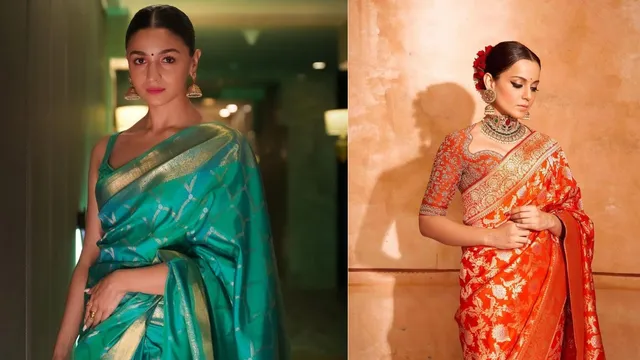- By Bornika Das
- Tue, 24 Jun 2025 03:00 PM (IST)
- Source:JND
Kanjeevaram vs Banarasi: Women, for ages, have adorned the elegance and grandeur of silk sarees and when it comes to Kanjeevaram and Banarasi, nothing can beat their legacy. At first, both Kanjeevaram and Banarasi look regal, rich, and perfect for any grand occasion; however, they are often considered rival garments. The two sarees hail from vastly different regions and traditions. With their opulent textures, intricate designs and rich heritage, saree lovers easily get confused unless one knows what exactly one is looking for. Once dug deeper, these two silk sarees, namely Kanjeevaram saree and Banarasi saree, are completely different from each other.
Whether you are a saree lover, a future bride or just someone trying to make an informed choice for a special event, it is important to know how to differentiate between Kanjeevaram and Banarasi silk sarees. From origin to weaving technique, there are several vital differences between these silk sarees that people must know before buying them. Here are a few tips that can help you choose between Kanjeevaram and Banarasi sarees.
Kanjeevaram vs Banarasi: Spotting The Difference Between These Silk Icons
The Origin
Kanjeevaram sarees are handwoven in Kanchipuram, Tamil Nadu. They play a significant role in South Indian weddings and temple ceremonies. On the other hand, Banarasi sarees are from Varanasi, also known as Benaras. They offer a touch of Mughal elegance, often seen in North Indian bridal wear.
ALSO READ: What To Keep In Mind While Buying Your First Kanjeevaram Saree?
The Weaving Technique
Both these silk sarees are known for their craftsmanship. Kanjeevaram silk is made using pure mulberry silk and it’s woven to be strong, structured and long-lasting. The body and border are woven separately and then fused together with seamless skills. Banarasi sarees are lighter and made with softer silk. The highlight here is the brocade work, the intricate zari patterns woven directly into the fabric.

Kanjeevaram Saree Motifs (Image Credits: Instagram)
The Motifs
Kanjeevaran sarees are all about temple borders, checks, peacocks and mythological stories motifs, while Banarasi sarees are usually lean into floral vines, paisleys and Mughal-inspired art.
The Zari Work
Both the silk sarees have zari work. Kanjeevaram zari tends to be broader and more prominent so that it pops, especially on borders and pallus. Banarasi zari is more detailed and intricate and has tiny artworks spread across the saree fabric.

